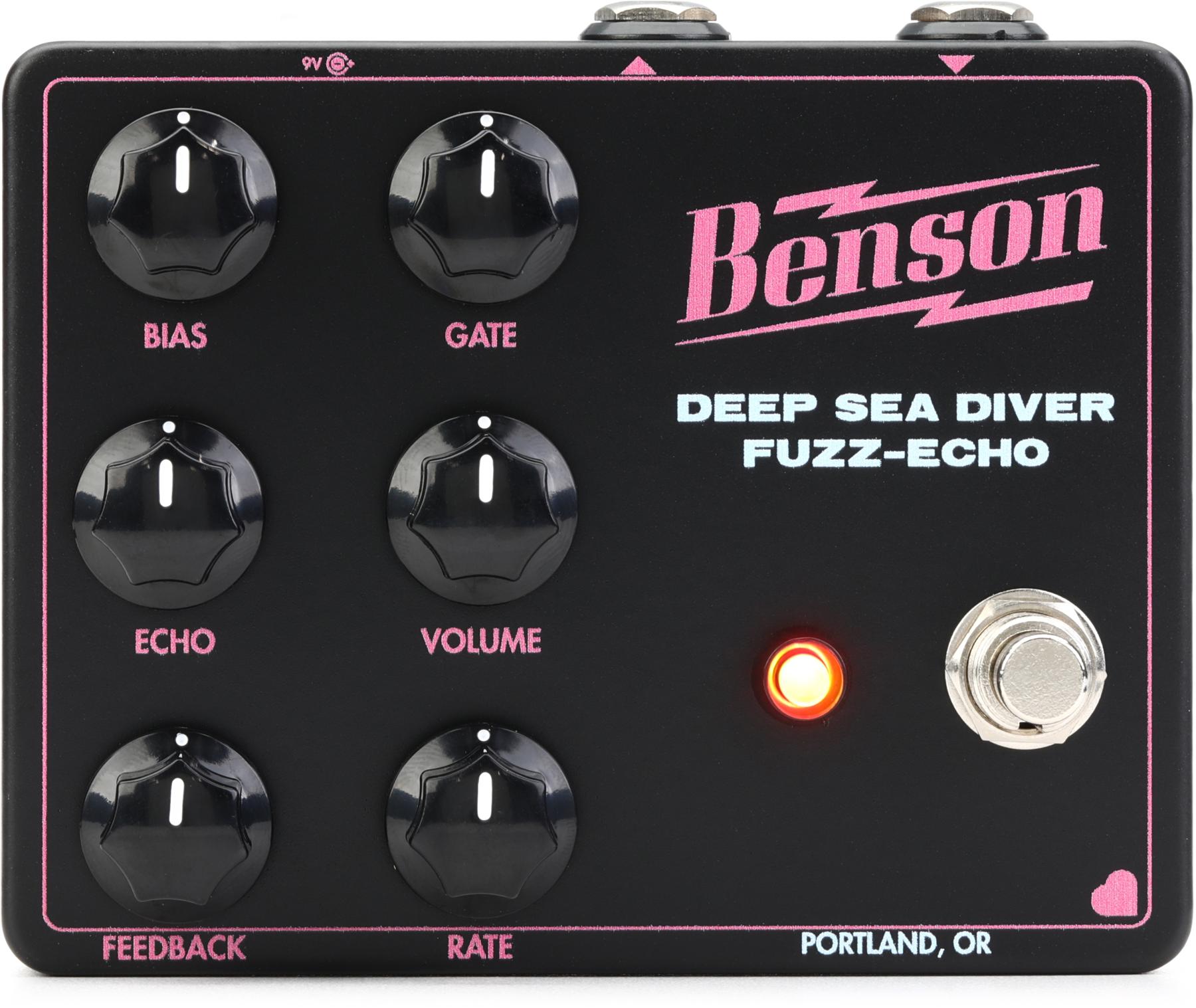While a lot of fuzzes cough up exciting sounds across their output volume and gain ranges, most sound best and most alive with gain and output controls wide open. The thing is, most fuzzes at max volume will be screamingly, overpoweringly loud. Yes, I know. That’s the point. But all that gain isn’t practical in every situation. What’s nice about the silicon Chthonic Fuzz is that you can run it as the fuzz gods intended—with gain and output volume maxed—without shaking stucco from the walls. The Chthonic is still plenty powerful, but the best sounds are available at lower volumes.
DOD says the Chthonic Fuzz is voiced for low-output pickups, and it’s easy to see how its gain structure and tone profile would work in that scheme. A quieter guitar leaves more headroom for more gain from your fuzz, and you can crank the fuzz here while operating your guitar wide open, too. The lower overall output volume, incidentally, did not push my amps in a way that left me wanting. It isn’t exclusively for low output pickups, either. A SG and Fender Tremolux turned up to eight sounded colossal, if a little toppy. If you’re looking for tonal reference, a 3-knob Tone Bender nudged to its bassier side and running at lower output volume is a close match. It’s grindier in the midrange than a Fuzz Face, and has little of a Big Muff’s low-end thunk or raw horsepower. What’s awesome about the Chthonic Fuzz is that I didn’t find many obvious parallels, and it’s really nice to try a new restaurant every once in a while.




















